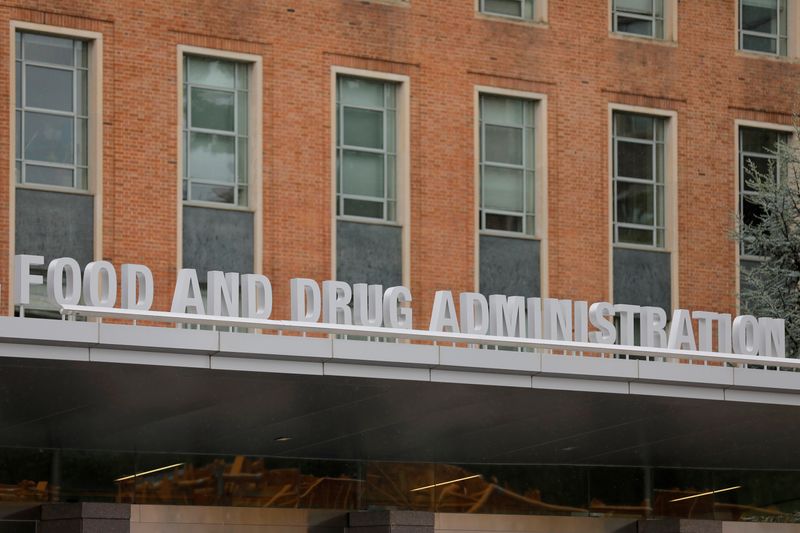Commodities
Gold snaps five-week win streak, but bull run not over yet: MS

Investing.com — Gold snapped a five-week wining streak Friday, but the yellow metal’s bullish run likely isn’t over yet as tailwinds including central bank demand have more room to go just as the tide of outflows from gold exchange traded funds are starting to turn.
Gold prices rose 0.3% to $2,348.75, but took heavy losses earlier this week following easing Middle East tensions after Iran-Israel showed little appetite to escalate their tit-for-tat exchange.
The path ahead for gold prices is set to be choppy but likely leans toward higher highs, rather than a reversal, Morgan Staley said, forecasting the odds are more in favor of its bull case scenario, which sees gold rising to $2,760 an ounce in the second half of the year, rather than its bear case scenario of a fall to $2,000 an ounce.
The strength in the demand for the yellow metal has provided it with extra clout to withstand the weight of rising real interest rates, which have a long history of hampering investor appetite for non-interest bearing assets like gold.
Gold is typically expected to have a “negative correlation with real yields, given it loses relative competitiveness in investor portfolios as real yields rise,” Morgan Stanley said, but is now showing a positive correlation with real yields on a 3-month basis as fundamental drivers have been dominating price action.
Central bank purchases of bullion, led by People’s Bank of China, demand for safe havens amid rising geopolitical tensions, and growing demand for an inflation hedge have helped kept gold on the up, and up.
remove ads
.
These bullish factors, particularly central bank buying, aren’t likely to disappear anytime soon.
Gold consumption in China rose 5.94% from a year earlier to 308.91 tons in the first quarter of the year, China Gold Association said Friday, driven by soaring safe-haven demand.
The PBoC bullion purchases continued for a 17th straight month in March, taking its total gold reserve to 2,262.67 tons by the end of Q1, according to the China Gold Association.
Meanwhile, ETF demand has been weak throughout gold’s rally as outflows have continued, but the tide of outflows are “starting to turn,” Morgan Stanley said.
U.S. and Asia ETFs have seen inflows since mid-March, according to the World Gold Council, but that has been offset by outflows in Europe.
While these fundamental positive drivers show no sign of cooling, the macroeconomic outlook, in which U.S. inflation appears to be more sticky, keeping rates higher for longer, has some doubting gold’s next move higher.
“But if data stays strong, driving concerns of more sticky inflation, as well as elevated geopolitical risk, gold may stay well bid regardless,” Morgan Stanley said, adding that if a rate-cut is brought forward that is often another positive catalysts for gold.
Commodities
Oil prices rise; U.S. crude inventories plunge, Russia-Ukraine truce eyed
Commodities
India’s Reliance to stop buying Venezuelan oil over US tariffs, sources say
Commodities
Oil prices climb on Venezuela supply worries

 Forex3 years ago
Forex3 years agoForex Today: the dollar is gaining strength amid gloomy sentiment at the start of the Fed’s week

 Forex3 years ago
Forex3 years agoUnbiased review of Pocket Option broker

 Forex3 years ago
Forex3 years agoDollar to pound sterling exchange rate today: Pound plummeted to its lowest since 1985

 Forex3 years ago
Forex3 years agoHow is the Australian dollar doing today?

 Cryptocurrency3 years ago
Cryptocurrency3 years agoWhat happened in the crypto market – current events today

 World3 years ago
World3 years agoWhy are modern video games an art form?

 Commodities3 years ago
Commodities3 years agoCopper continues to fall in price on expectations of lower demand in China

 Economy3 years ago
Economy3 years agoCrude oil tankers double in price due to EU anti-Russian sanctions























